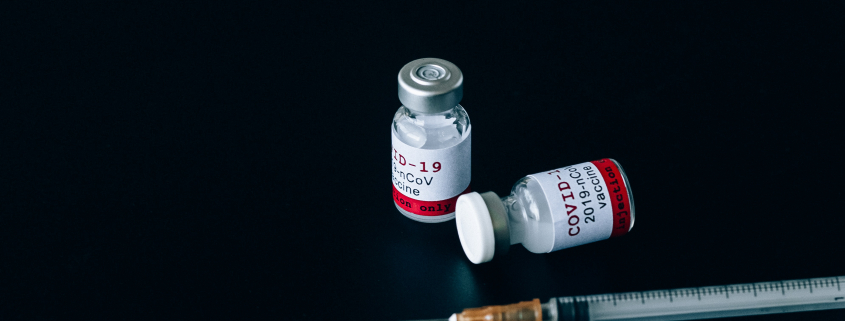LA County vaccine rollout has an equity problem

During the past year, Angelenos have become infected with the coronavirus at a disproportionate rate to other communities throughout the United States. Within the Los Angeles community, South Central was hit even harder.
Now that vaccines are being rolled out, it would be natural to expect members of the South Central community to receive their fair share of vaccinations, given how drastic the infection rate has become among the population. However, this is not the case.
Although the vaccination rate for seniors in L.A. County has increased in the last few weeks, the vaccination rates for residents in South Central has been significantly lower than those of wealthier neighborhoods in the county, according to L.A. County Public Health Data. Wealthier and predominantly white communities such as Beverly Hills, Brentwood and Rancho Palos Verdes are being vaccinated at a higher rate than the poorest L.A. communities — specifically, South Central, which is made up of 28 densely populated communities and includes the University Park area.
In South Central, approximately 63% of households are renters, and only about 8% of residents hold four-year college degrees. The community of South Central is also majority Black and Indigenous people and people of color, with 80% of the residents identifying as Latinx and 18% as Black. The disparity in vaccination rates is an exemplification of the wealth gap in our society — highlighting the intersectional issues of race and class. Our society continually offers unequal opportunities to the economically disenfranchised. It is unfair, immoral and should be addressed immediately.
An L.A. Times analysis found that only one out of 24 South Central residents has been vaccinated so far, while the positivity rate for the coronavirus in the area was 1 in 6. Meanwhile, Manhattan Beach has vaccinated 1 in 6 of its residents, despite the positivity rate being 1 in 30. Calabasas has vaccinated 1 in 5 of its residents, while the positivity rate was 1 in 22. Other wealthy L.A. neighborhoods with similar ratios include Pacific Palisades and Brentwood. It’s as if the vaccination rate and infection rate percentages have been flipped between more wealthy L.A. communities and poorer L.A. communities.
According to Dr. Paul Simon, chief science officer for the L.A. County Department of Public Health, the greatest contributing factor to this disparity is the registration process. Wealthier communities, with residents who can afford to spend hours and hours finding an appointment, can often register with more success than poorer Angelenos who must work and cannot afford to spend as much time on the website.
Furthermore, drive through and distribution sites, such as Dodger Stadium, which were designed to provide easy and quick access to vaccinations don’t actually allow easier access to poorer Angelenos.
This inequity should not surprise us, but it should outrage us. More needs to be done to structure a vaccination program which levels the field or, more accurately, favors, at least in the short term, communities most affected by the pandemic. The struggle to get poorer L.A. neighborhoods vaccinated is happening in other cities across the country as well, such as Philadelphia, San Diego and Washington D.C.
So what is the solution? Cities should up vaccination centers with early sign-ups for specific zip codes representing neighborhoods that were hit the hardest by the coronavirus. This is already happening in Baltimore and New York City. In the same vein, Mayor Eric Garcetti announced last week that USC will be hosting a city-run vaccination site at USC’s University Park Campus. The city is also partnering with Uber to provide 15,000 free rides and 20,000 half-off rides to transport South Central residents to the site.
By limiting access to only those neighborhoods most affected by the coronavirus, the disparity that exists between communities can be decreased. Even though people of every ethnicity and socioeconomic background must be vaccinated, the priority in the short term — until vaccinations are readily available to all Americans — must be to the marginalized communities that were the most impacted by the coronavirus.

